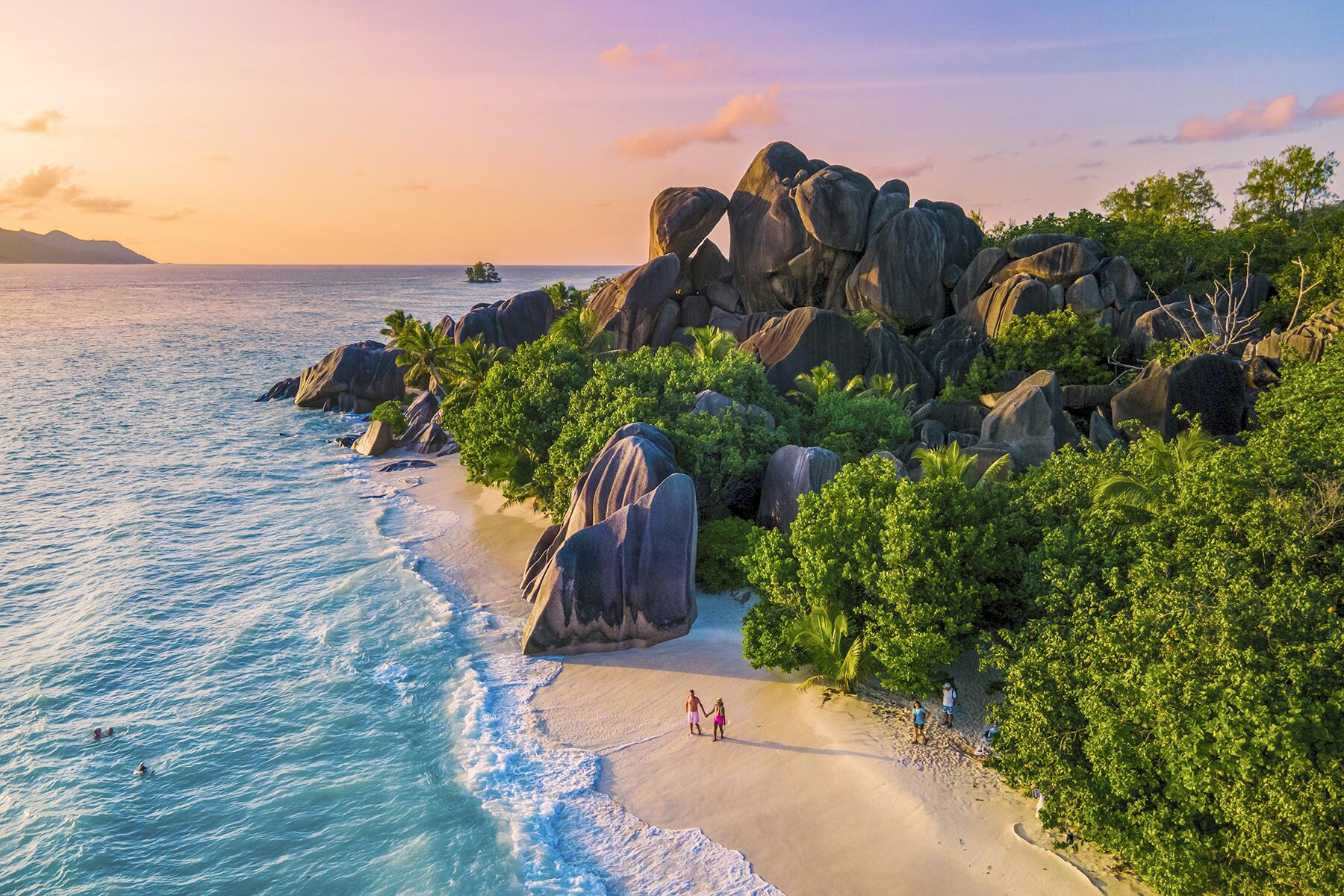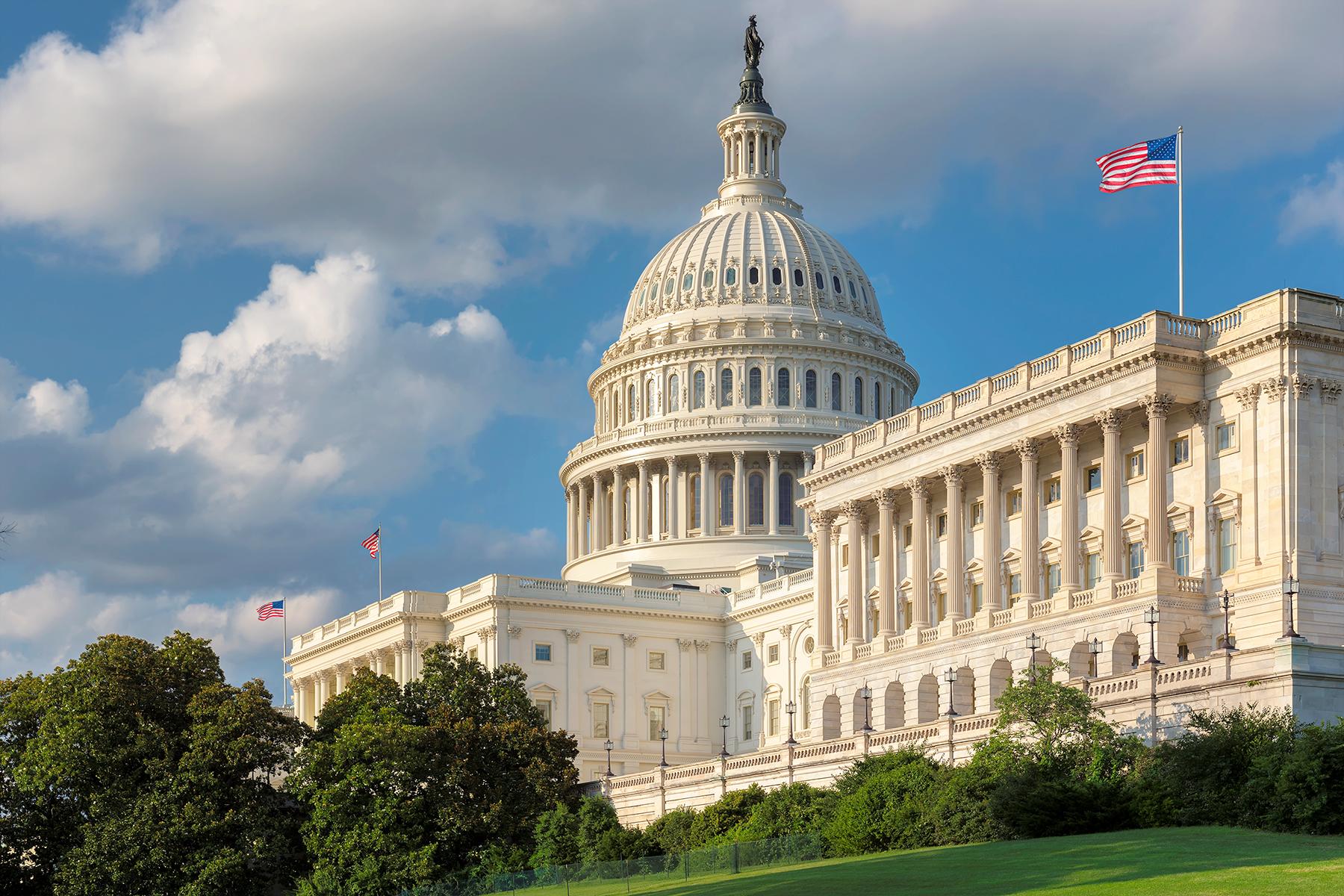Visit D.C. like a local.
No matter what, a visit to the nation’s capital is an amazing experience, with its blue-ribbon museums, marble monuments, cutting-edge dining scene, and hopping neighborhoods. But before you converge onto the city alongside thousands of other first-time visitors, some simple planning will help you make the most of your visit. Here is some insider info that will have you negotiating the D.C. like a local.
Be Airport Savvy
D.C. has three airports: Ronald Reagan Washington National (DCA), Dulles International (IAD), and Baltimore-Washington International Thurgood Marshall (BWI). DCA, located in Arlington, Virginia, about 4 miles from downtown D.C., is the closest and most convenient; it has its own Metro stop. Because of its short runway, larger planes generally do not fly here, meaning it serves shorter domestic flights (and some flights to the Caribbean and Canada). IAD is the main international airport, located about 25 miles west of downtown D.C. in Chantilly, Virginia. While it’s not served by Metro (yet—they’re saying 2020; we’ll see!), you can take the Silver Line as far as Wiehle–Reston East and hop on the Silver Line Express Bus from there; otherwise, plenty of shuttles and all cabs can transport you. Be sure to plan ahead for potential traffic backups. BWI is located just south of Baltimore, Maryland, about 45 miles north of D.C. via Interstate 95 and Interstate 295. BWI often offers the cheapest tickets, especially via Southwest, which has its own terminal there. You can take the MARC or Amtrak train from Union Station.
Be Hotel Smart
Hotels in downtown D.C. are expensive, though the rates typically drop during the weekend, after the business travelers leave. Arlington, Alexandria, and Bethesda are relatively nearby and may have better deals than downtown D.C. One thing to remember: Despite what some hotel advertisements claim, Fairfax, Gaithersburg, and Vienna are not near downtown D.C. Study the map before you book, to ensure you’re staying relatively near the attractions you want to visit. And be sure to book a hotel near the Metro line if you don’t have a car.
Recommended Fodor’s Video
Take Public Transport or Walk
Parking is expensive and traffic can be frightful, so relying on your car is not the best way to see the District. However, D.C. is a very pedestrian-friendly city, with many attractions within close range, so you may be able to walk to most of what you want to see. There’s also has an excellent Metro system that can get you to most major sights as well (except Georgetown, which never installed a Metro stop). Another option is the DC Circulator bus, which costs $1 and has several routes past tourist sights.
Know What Stuff Is Free…and What’s Not, But Still Worthwhile
One beloved aspect of D.C. is that so many of its remarkable sights are free, including the Smithsonian museums and the national monuments and memorials. Even the blockbuster shows that sometimes stop by the National Gallery of Art are free. Check Visit D.C. or individual websites for free shows, concerts, lectures, and guided tours, especially at the National Gallery of Art and Library of Congress. That said, keep in mind that some of the city’s best museums do come at a price that is still well worth your while, including the Phillips Collection, International Spy Museum, and Newseum.
The Early Bird Catches the Popular-Sight Tickets
Get your tickets for popular sights long before your trip, including The White House and National Museum of African American History and Culture. For the White House, you’ll need to contact your member of Congress several months in advance to request a self-guided public tour (citizens of foreign countries should contact their embassy in Washington, D.C.). If you miss out on the The White House, The White House Visitor Center, across the street, is a good substitute, with its videos, artifacts, and displays delving into the life and times of America’s most famous house. And if you miss out on the National Museum of African American History and Culture, you can always try to get first-come, first-served tickets by going online day-of at 6:30 am, or stand in line for the walk-up passes available starting at 1 pm on weekdays.
Be a Capitol VIP
Get a VIP Capitol staff-led tour by contacting your representative or senator up to 90 days in advance. Even if you miss out on the VIP tour, you can still visit the Capitol by making your own advance reservation online, or obtaining a same-day pass from the information desks located on the lower level of the U.S. Capitol Visitor Center. Note that same-day passes may have limited availability, especially during the spring, summer, and some holidays.
Beat the Crowds at Star-Studded NSO Performances
The nation’s capital celebrates the Fourth of July and Memorial Day with world-class performances starring the National Symphony Orchestra (NSO), which air around the world on PBS. Thousands of guests are invited to sit on the West Lawn of the Capitol and enjoy these spectacular concerts in person for free (bring a picnic—no alcohol allowed). But therein lies the problem—the thousands of people all vying to get in require you to arrive hours early to stake your space on the grass (and possibly be turned away). You can see exactly the same shows (minus the fireworks) by attending the dress rehearsals in advance. A Capitol Fourth practices the evening before, normally at 6 pm, while the National Memorial Day Concert rehearsal takes place at 3:30 pm on the Sunday before Memorial Day. The host may be a tad improvisational and might not get all the lines on the first try, but the shows are enjoyable nonetheless. There’s also a Labor Day concert on the Capitol’s West Lawn showcasing the NSO (which is not aired on TV).
Think Small
While the Smithsonian museums get all the glory, remember that there are scores of excellent smaller museums, including the Clara Barton Missing Soldiers Office Museum, the President Woodrow Wilson House, the Society of the Cincinnati, and the National Museum of Women in the Arts. Plan ahead to know which ones suit your interests.
Save at the Theater Box Office
Washington, D.C., is a theater town, with well-reviewed theaters both large (Kennedy Center, Warner Theatre, National Theatre) and small (Woolly Mammoth Theatre Company, Shakespeare Theatre Company). Save on tickets by using a discount broker such as Goldstar, Groupon, and the TodayTix app. Also keep in mind that some theaters offer same-day tickets at a reduced price, including Arena Stage, Shakespeare Theatre Company, and Folger Theatre, while others like the Woolly Mammoth, Round House, and Constellation Theatre offer pay-what-you-can-afford tickets; arrive early and bring cash.
Know Your Seasons
Spring and fall have the best weather, with the added bonus of the famous cherry blossoms in spring and colorful changing foliage in fall. The holidays are another time when the nation’s capital shines, with special events including the National Christmas Tree Lighting, ZooLights at Smithsonian’s National Zoo, and the Downtown Holiday Market. House museums offer special candlelit tours that showcase colonial-era decorations, including Mount Vernon. D.C. also puts on an extravaganza of festivals, offering another reason to visit at a specific time of year. Some of the most popular include Day of Service on Martin Luther King Jr.’s birthday in January; Passport DC in May, when dozens of embassies open their doors to visitors; and St. Patrick’s Day in March, with a parade down Constitution Avenue. But if you simply want to visit at a time with sunny weather and fewer crowds, early November is ideal.





